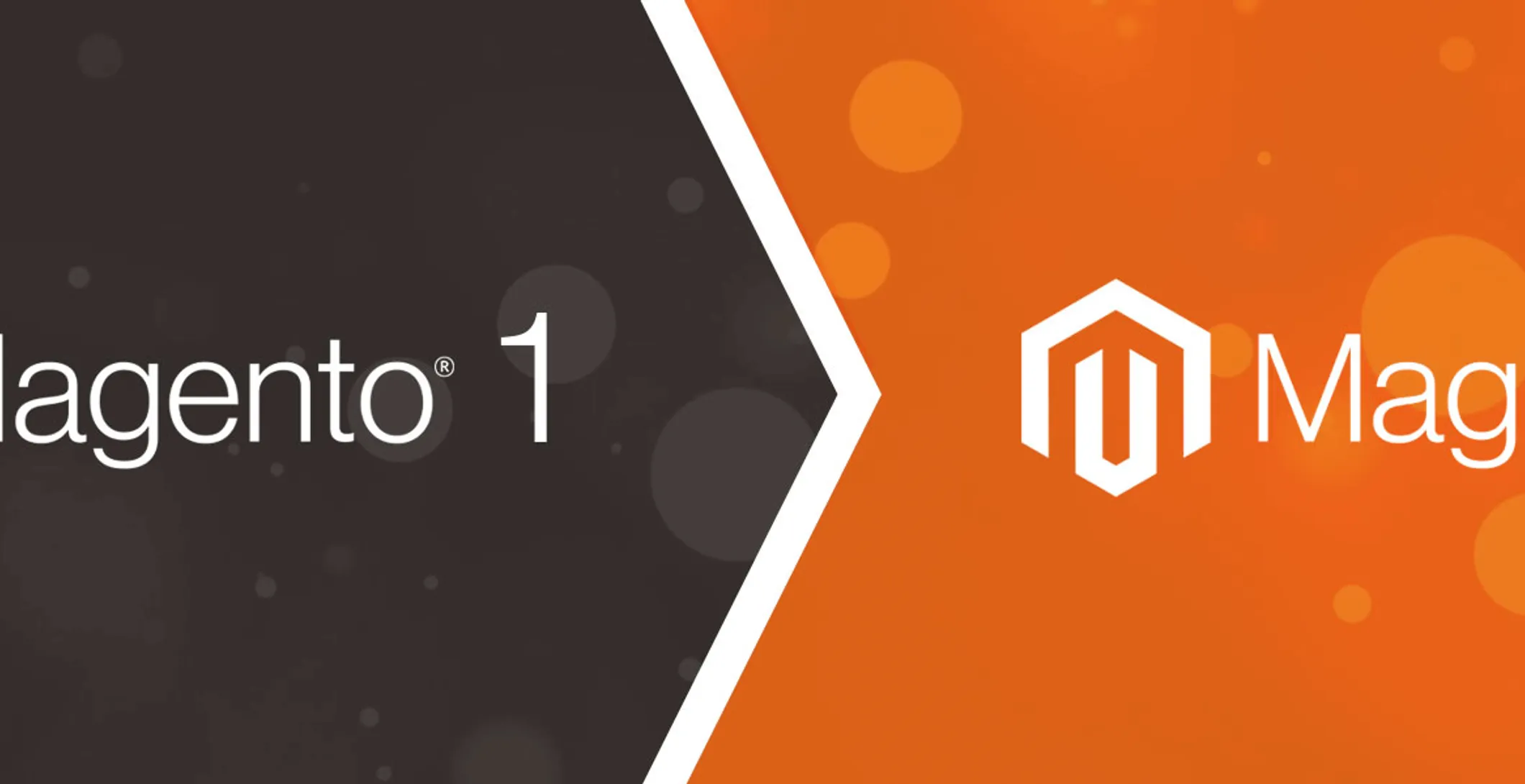As a business owner, you should be aware of the fact that your eCommerce platform acts as your brand’s visual storefront.
Initially released in the year 2008, Magento is a leading open source eCommerce platform that is proven to be an effective and reliable option for companies looking to expand their business to the web.
In addition to this open-source platform, the company also offers cloud-based omnichannel solutions. Designed to meet the needs of small, medium-sized, as well as enterprise-level businesses, this eCommerce platform is being used by several websites with the most traffic.
Recently, Magento announced that their Magento 1 will no longer be supported by June 2020. What this means for businesses currently using the platform is that they need to find a new eCommerce platform or move to Magento 2 with the help of a data migration tool.
Things to Consider During Migration
First of all, when you are planning about Magento migration, you should make sure that the migration will bring your brand new, valuable opportunities.
You should be able to make the best out of this transformation to increase your revenue. And once you know that migration is what is best for your brand, here are a few things to consider:
✓ Determine the Features You Need
Based on the technology your site runs on, you need to shortlist the features that you really need and cancel those that your website doesn’t require but you are already paying for.
With Magento, while you have the ability to customize service, there is every possibility that you will not use every functionality included in your customized list. Therefore, take the time to analyze your needs and decide accordingly.
✓ Hiring a Team
With Magento being an open source eCommerce platform, one huge advantage is that you can make modifications of any size to the platform as your brand grows and your requirements change.
However, in order to do this, you will have to hire a development team, which could be easy for large enterprises, but not so much for small businesses or startups, especially considering the budget involved, and this makes it important for you to consider this point during Magento migration.
✓ Redesign Requirements
One obvious outcome of migrating from one eCommerce platform to another, or moving to a latest version, is that you cannot expect your website to look the same.
Even when you move from Magento 1 to Magento 2, the themes that were available on the former, at least many of them, will not be compatible with the latter.
Therefore, if you are after giving your customers the actual same experience even on your new website, you may have to look for a different solution.
Magento Migration Tools

With so many migration tools available today, each with their own sets of benefits and pitfalls, choosing the right tool for your business can be hard. Following are some of the top Magento migration tools you can rely on:
✓ LitExtension
If you do not want to experience the headache of migrating your online store to Magento 2, then LitExtension is one of the best migration tools you can use.
Established in 2011, LitExtension is now one of the leading and reliable providers of shopping cart migration services, making the migration of products, customers, orders, and more much easier. With the solution offered by this migration service, you get to perform automated Magento migration quickly and accurately.
The data that can be migrated with LitExtension include product categories, products, customers, manufacturers, taxes, coupons, orders, CMS pages, reviews, and more.
✓ UberTheme
UberTheme is a company that has been providing the best themes and extensions for Magento since the year 2009.
With their UB data migration tool, you get to transfer all your products, store configurations, sales data, product rev

iews, taxes, customer groups, and various other data to Magento 2 without any hassle.
✓ US!
You can contact us directly for consultation in regard to Magento migration. We are among the best in the market and we promise you will get the best solution for your business.
Keeping your website updated at all times is an essential part of selling your products online effectively and without any hassle. In addition to making your visual storefront intuitive, user-friendly, and SEO friendly, it also improves its security, making your website highly reliable.





